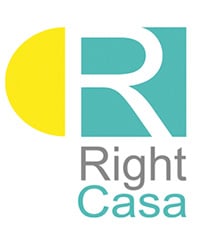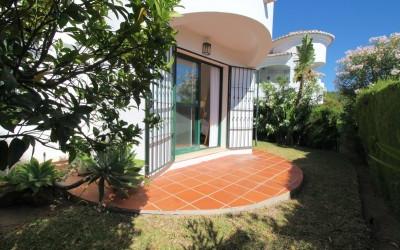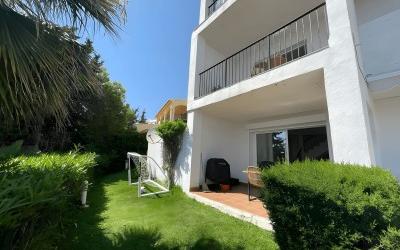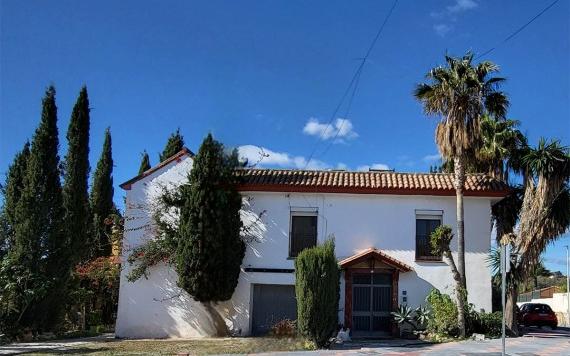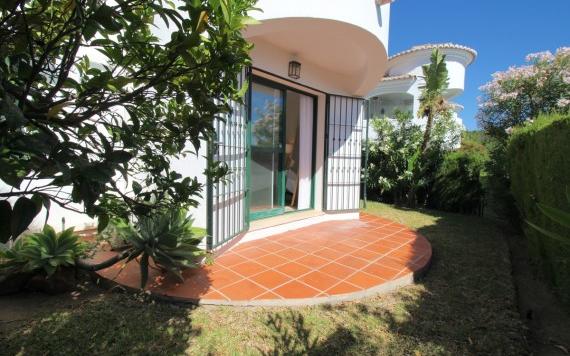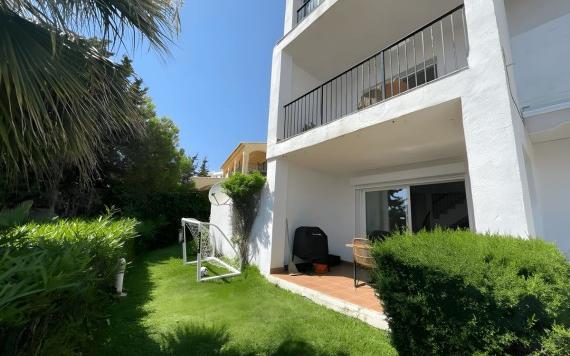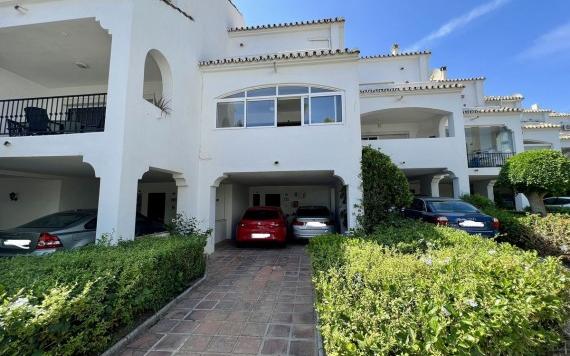
If you’re currently living and working in Spain then it’s likely that you already understand much of the day-to-day bureaucracy that is to be expected from living in the country. But there are some processes that even native Spanish residents find complicated, and it’s fair to say that the amount of paperwork involved is not one of the benefits of living in Spain!
One of these slightly tricky processes is the process of de-registering as a freelancer or self-employed in Spain; it’s certainly not as simply as merely deciding to give up work. Instead, you have to remove yourself from the Hacienda, remove yourself from the Social Security register, and take extra steps to ensure that you are not going to get an unexpected tax bill later down the line.
There are many reasons that you might choose to de-register as self-employed: these could be because you are retiring, have found full time work, or simply because freelancing isn’t financially viable for you anymore. As many freelancers have seen their income decrease significantly as a result of the coronavirus pandemic, they simply can’t afford the full social security contributions of €283 per month that need to be paid regardless of your income level, and that is the main reason that many usually self-employed people are choosing to deregister right now. To help make this process a little easier, here’s everything you need to know about the process of de-registering as self-employed and getting it right.
How Often Can You Stop and Start Freelancing?
The process of deregistering as a freelancer is known as darse de baja como autónomo. And this doesn’t have to be something that you only do once: in fact, you are able to deregister from the autónomo system up to three times per year without having to pay the full social security fee for that month. Keep track on how many times you do this, however, as if you deregister a fourth time in a 12-month period then you will have to pay the full fee. This is something that can be used to your advantage: if business is bad (which is something many freelancers are experiencing right now) then you can stop and start trading temporarily in order to avoid paying the social security fee if you’re not earning enough to cover this payment. This is also an option for self-employed individuals who work seasonally: you can register all summer when business is good and then de-register for the winter when you take some time off.
If you have a digital certificate, you can complete this process yourself online, meaning that it’s fast and easy, with no need to wait for an appointment to complete the process. If you don’t have a digital certificate, you can ask your gestor to submit this application for you. It’s important to note that deregistering online is only for people who are sole-traders and not for anyone who also employs other people. If you employ other people and wish to deregister (either permanently or temporarily) then you will need to visit both the Hacienda and the TGSS Social Security office in person.
Step 1: Deregistering from Hacienda
Deregistering as self-employed in Spain is a two-step process, and the first step is to deregister from the Hacienda. The Hacidenda is the official tax body in Spain, and if they don’t know about your plans then they will continue to tax you every quarter as a self-employed person, whether you are working or not. If you finish working as a self-employed or freelancing individual mid-quarter then you will still have to complete your tax declaration at the end of that quarter.
Deregistering from Hacienda is relatively straight forward. Firstly, you need to visit the tax office website and search for the form Modelo 037; this is the form required for deregistration. In order to complete and submit this form, you will need to log on to the official system using either your digital certificate or your Cl@ve pin. Cl@ve is the relatively new online Spanish tax system that aims to make it possible to complete more online and minimise the bureaucracy involved in completing official matters in the country. Be sure to accurately include the date you stopped working and the reason why.
Once the form has been filled out, you can send it for processing: you should receive a notification by either text or email once this process is complete.
Step 2: Deregistering from Social Security
Deregistering from the Hacienda alone isn’t enough: you will also need to deregister from the Spanish social security system if you want to stop paying your monthly social security fees. Both of these steps must be completed for your deregistration to be complete.
The good news is that, if you have a digital certificate, then this process can also be completed quickly and easily online. Simply visit the Spanish Social Security website, and then search for and select ‘Solicitud de baja en el Regimen Especial de Trabajadores por Cuenta Propia o Autónomos’ or Withdrawal from RETA. From here you just need to follow the clear and easy to follow instructions, which include logging in with your digital certificate, filling in your IAE code (This is the code that corresponds to your profession. You can find it on the original RETA certificate you received when you registered as autónomo in the first place.) and then accurately enter the date that you stopped working. Once this form is complete, you click confirm to generated a PDF- this is the official certificate that shows you have deregistered from the Social Security system. Whilst it may take a few days for the system to recognise that this process has been completed, provided you have the PDF certificate, you don’t have to do anything else.
Are you in the process of moving to Spain or looking to make the right move to Spain for you? If you’re looking for estate agents in Southern Spain then why not get in touch ? Our locally based property experts are a font of local knowledge, and are perfectly placed to help you find the home of your dreams.

 English
English Español
Español Deutsch
Deutsch Français
Français Svenska
Svenska Nederlands
Nederlands Italiano
Italiano Norsk
Norsk Русский
Русский